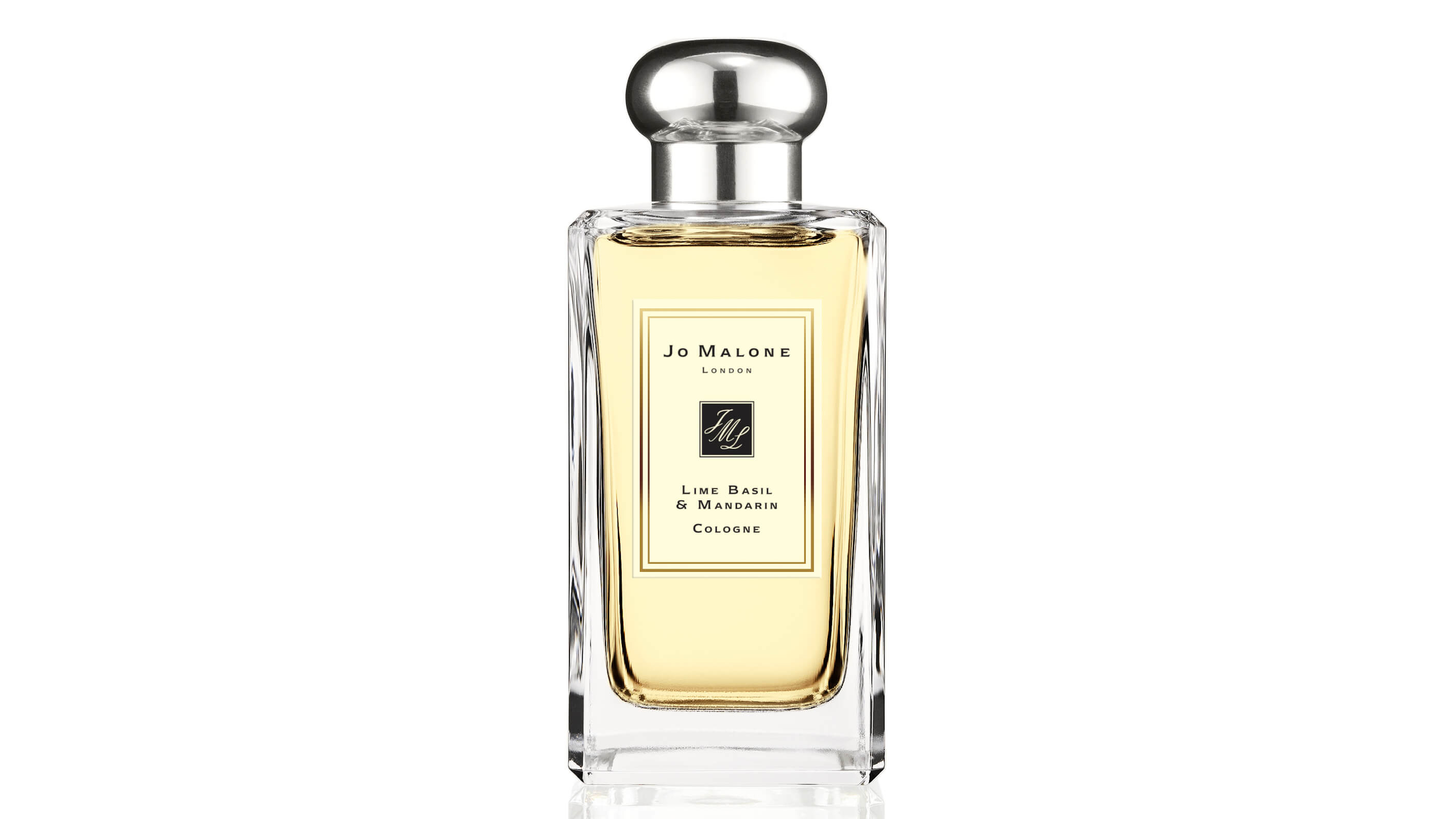Perfume vs cologne: what is the difference?
Perfume or cologne: what do they actually mean, what's the difference, and most importantly, which one is right for you?

Good style is more than the clothes on your back or the watch on your wrist. It goes right down to the smaller details, like the fragrance you wear.
Trouble is, there can be a lot to decipher when seeking out a scent — brand, price, notes, families — and you're usually only given a handful of clues as to what the bottle actually holds.
Even if you recognise terms like perfume or cologne, what do they actually mean, what's the difference, and most importantly, which one is right for you?
To ensure you get it right the first time, ahead is a T3 explainer that makes purchasing perfume a well-scented walk in the park.
Then, when you're finished reading this, take a look at our guide to the best men’s fragrances and colognes for recommendations, and how to choose the right cologne or aftershave for more expert tips.
What Is Perfume?
Ask any aftershave aficionado, and they'll tell you that a perfume (or, to use the correct terms, eau de parfum/parfum) is the purest way to wear a scent. The two strongest fragrance concentrations available, an eau de parfum is made up of around 15-20% essential oils (the ingredients that give the fragrance its distinct smell). A parfum, on the other hand, contains as much as 30%. As a result, expect fuller-bodied notes such as leathers and woods to fill the air for anywhere from four to eight hours, making them a good choice for all-day events such as weddings.
What Is Cologne?
Unsurprisingly, the first eau de cologne (or simply "cologne") can be traced back to the German city with which it shares its name. The work of Italian perfumer Giovanni Maria Farina in 1709, he described his creation as a "spring morning after the rain… made of oranges, lemons, grapefruit, bergamot, flowers and fruits." Though the term cologne later became a catch-all for any men's fragrance, the original recipe remains largely the same, referring to a perfume with a low concentration of oils (around 2-4%) typically made with citrus and herbal notes.
Get all the latest news, reviews, deals and buying guides on gorgeous tech, home and active products from the T3 experts
Perfume vs Cologne
The differences between fragrance terms such as aftershave, cologne, eau de toilette and parfum don’t end at price. And if you want to make sure you don't end up with something used for shaving when you really want a scent with staying power, they're worth learning.
"It really comes down to the purity of the ingredients used, the strength of the scent, the sillage (scent trail), how well the scent is emitted (projection), and how long the scent lasts on the skin," explains Emma South, fragrance and lifestyle expert at Jo Malone London. "Eau de parfum utilises a higher purity of ingredients and oil concentration than an eau de cologne."
Although different fragrances work better for different occasions — no one wants to be choking on a bottle of musk at a barbecue — South recommends letting your nose dictate your choice. "Some people like a subtle scent and will opt for a light floral cologne, while others want to be noticed and to make a statement, so will wear a heavier oriental parfum."
Smells like a winning technique to us.

One To Try: Dunhill Icon
It's hard to predict which fragrances will still be around in 10, 20 or even 30 years. Still, if we had to guess, our money would be on the aptly named Dunhill Icon. Launched in 2015, it's one of the best men's scents of modern times. Sure, it helps that it's housed inside one of the coolest fragrance bottles ever created, but the real credit goes to the aromatic-woody scent inside.

One To Try: Jo Malone Lime Basil & Mandarin
British perfume house Jo Malone has been responsible for some of the most successful pairings since Morecambe and Wise. Take Lime Basil & Mandarin: a bestseller since 1999, the notes come together to create a scent that's best summed up as a tropical breeze in a bottle. Better yet, it can be layered with the brand's other creations (we also recommend Sea Salt and Wood Sage) to create an entirely different effect.
If you're shopping for the woman in your life, then take a look at our list of the best women's perfumes.

